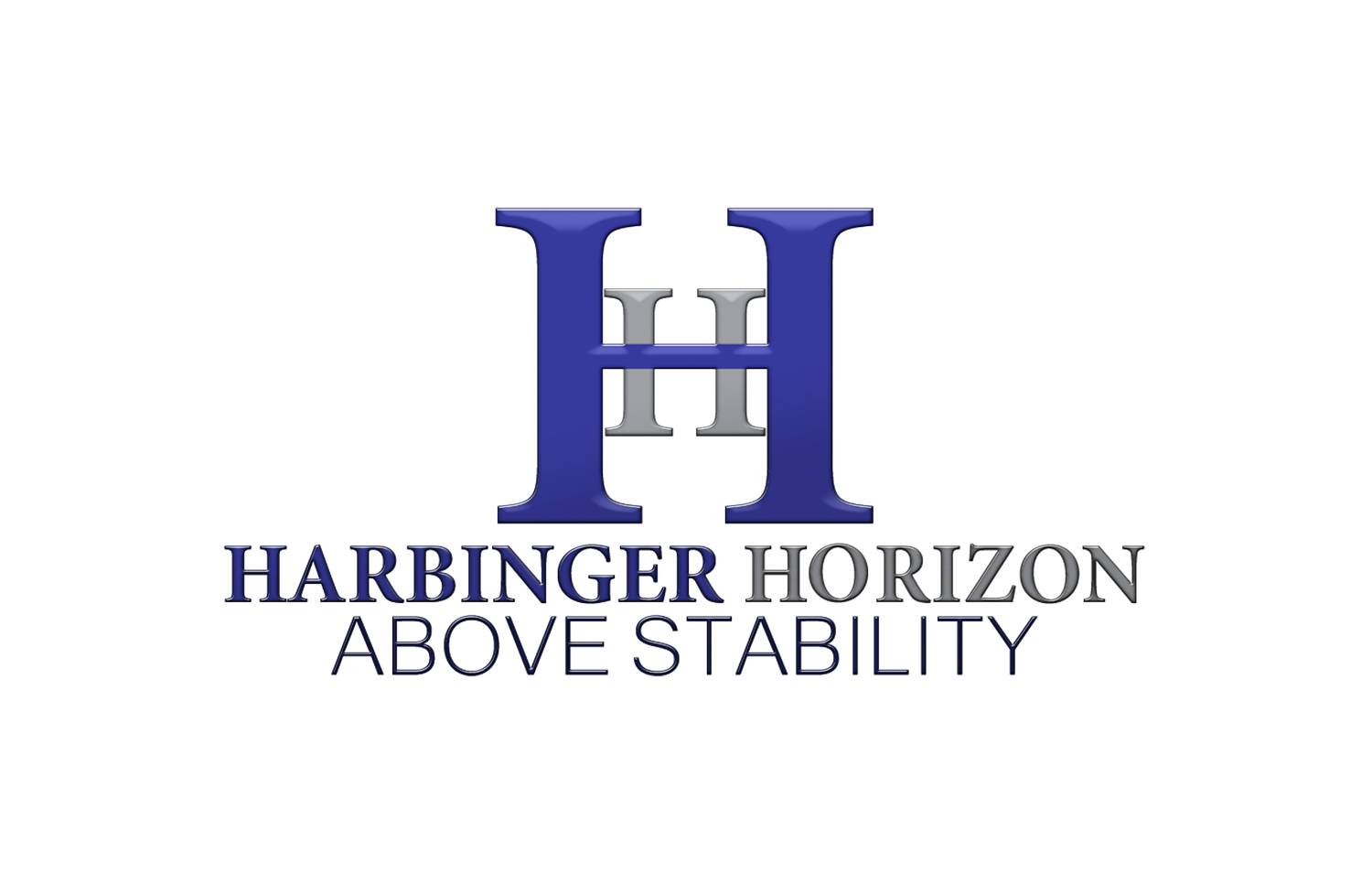Beyond the Message: How Communication Dynamics Shape Organizational Culture
“What we say is important. But how, when, and to whom we say it often determines if we’ll be heard at all.”
— Del Lampkin
Introduction: It’s Not Just What You Say
In the world of leadership, communication is currency. It drives clarity, builds trust, and over time will define culture. But even the best-intentioned message can be misunderstood, diluted, or rejected. This is often because of unseen variables that leaders commonly overlook.
At Harbinger Horizon, we help organizations go deeper: not just refining what is said, but understanding why messages land differently depending on the audience, context, and method of delivery.
The Hidden Variables: Unforeseen Differences That Alter Meaning
Leaders often assume that clear messaging guarantees clear understanding. It doesn’t. Here's why:
Cultural Norms: Tone, pitch, pace, eye contact, and feedback styles vary across cultures. What feels assertive to one person may feel disrespectful to another.
Language & Interpretation: A single word like “accountability” can carry different implications depending on personal or departmental experience.
Emotional State: Stress, burnout, or personal crisis can distort how a message is received. Leaders must be emotionally intelligent, not just articulate.
Power Dynamics: In hierarchical settings, team members may say “yes” to avoid conflict, even if they’re unclear or disagree.
Generational Preferences: From email to emojis, communication styles often clash across age groups. Misalignment can lead to misinterpretation.
Mental Models & Biases: Team members often bring baggage from past workplaces or leadership styles, coloring how they hear current messages.
Identity Triggers: If a message inadvertently touches on race, gender, or background, the reaction may stem from personal history, not just the professional tone.
The Medium Is the Message: Why Delivery Matters
The channel you use to deliver a message impacts how it is received. Below is a breakdown of common methods:
Face-to-Face
• Strength: Rich feedback, body language, nuance
• Risk: Can feel confrontational or high-pressure
Email
• Strength: Traceable, thoughtful, flexible timing
• Risk: Easy to misread tone or overanalyze
Text / Instant Message
• Strength: Fast and informal
• Risk: May seem too casual or abrupt for certain topics
Phone Call
• Strength: Adds vocal tone and empathy
• Risk: Lacks visual cues
Virtual Meeting
• Strength: Combines visual and verbal cues
• Risk: Attention drift and screen fatigue
Third-Party Relay
• Strength: Efficient for delegating
• Risk: Distorted or misrepresented message
Leadership Best Practices: Clarity Is Not Enough
To communicate effectively in a modern, diverse organization, leaders must go beyond clarity—they must be intentional.
Cross-Check Your Intent:
Ask yourself: “What might this person hear that I didn’t intend to say?”Choose the Right Channel:
Sensitive feedback? Face-to-face or phone. Quick update? Text or email. Match message to medium.Follow Up with Empathy:
Create safe space by asking: “How did that land with you?”—and mean it.Model the Standard:
Clear, courageous, and respectful communication must start at the top.
Conclusion: Communication as Culture in Motion
In every organization, communication is a valuable tool that can be a reflection of your values, your priorities, and your leadership philosophy. If culture is what people feel and believe when the boss isn’t in the room, then communication can be seen as the ecosystem that sustains it.
At Harbinger Horizon, we facilitate strategies on how leaders can communicate clearly and consciously. Because in today’s environment, the words you choose, the tone you use, and the method you deploy matter more than ever.


